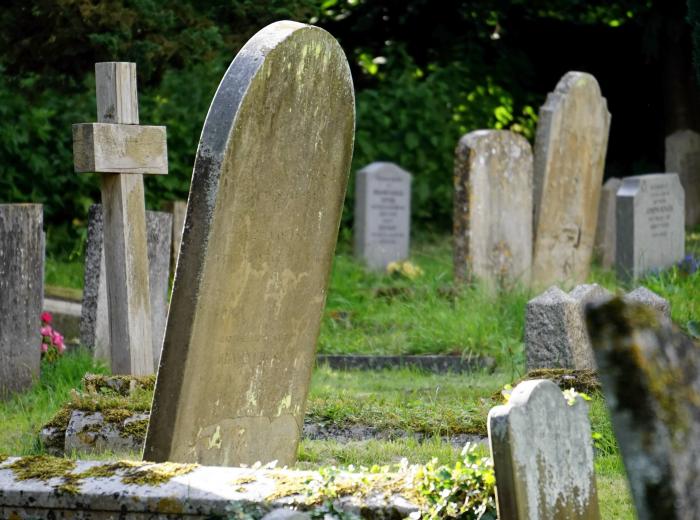Now that’s a morbid title. Why the bleep would we do that? I’ll explain. People have different reasons for experiencing health anxiety. But after doing a bit of digging, many of my clients find that their health anxiety ultimately stems from a fear of death. Now, most people don’t like the idea of death. But even though they don’t like it, they are able to accept to some degree that they are going to die one day. However, for some people the fear of death leads to a host of worries around anything that could potentially kill them. And health is an easy target. Afterall, aside from an accident of some kind- most people die from physiological causes, right?
Treating health anxiety is done through a range of cognitive and behavioral interventions. One intervention I use for those with a fear of death is imaginal exposure. The reason for this? Because exposure rocks. Think of it this way. The scariest movie I ever saw was The Ring. For like a week after I saw that movie, I couldn’t even go to the bathroom without the company of a friend. The anxiety I experienced from watching it was overwhelming. But after watching it several times, that feeling faded. What was the scariest movie you ever saw? Think back to the anxiety you felt right after watching it. Do you think you would feel that same level of fear after watching it 3 times? What about the 8th or 13th time? Probably not, right?
Exposure is based on the idea that the more you expose yourself to the feared stimulus, the less afraid of it you will become. Now, in the case of death, some components of exposure will be imaginal and some will be in-vivo (or in-person). We will start with imaginal exposures. Imaginal exposures can be really useful for having you expose yourself to what you fear about death the most. For example, many of my clients’ biggest fear is dying young (ish) and leaving their children behind. In these cases, I have them write out a detailed story about their death scene (e.g., their children and relatives surrounding their bedside, the immediate aftermath of their death). Whatever the focus is, I then have them audio record their written story and play it for themselves at least once per day. Note that it is important that your imaginal story is tailored to your own specific fears and triggers or pressure points. It needs to be DETAILED and VIVID so it can feel as real as possible. Often, my clients feel immense anxiety and/or sadness while writing out the detailed story and perhaps the first couple of times they listen to the audio-recording. But soon after, they notice the anxiety and/or sadness around the imagined story start to fade.
In-vivo exposure exercises related to the fear of death can take a range of forms. The idea is to help you move from seeing death as horrifying to accepting it as a normal, bearable part of the life experience. So the goal of the in-vivo exercises is to normalize death instead of having it be the proverbial monster in the closet. In-vivo activities could include visiting a cemetery and reading people’s headstones, reading the obituary section of the newspaper, participating in a death dinner (yes, this is an actual thing), writing a will and/or writing letters to loved ones you would leave behind. The list goes on! As with other exposure hierarchies, this process is extremely idiosyncratic and creative. We collaboratively work together to create an exposure hierarchy of death-related events and activities that can help this reduce this fear in your life.

